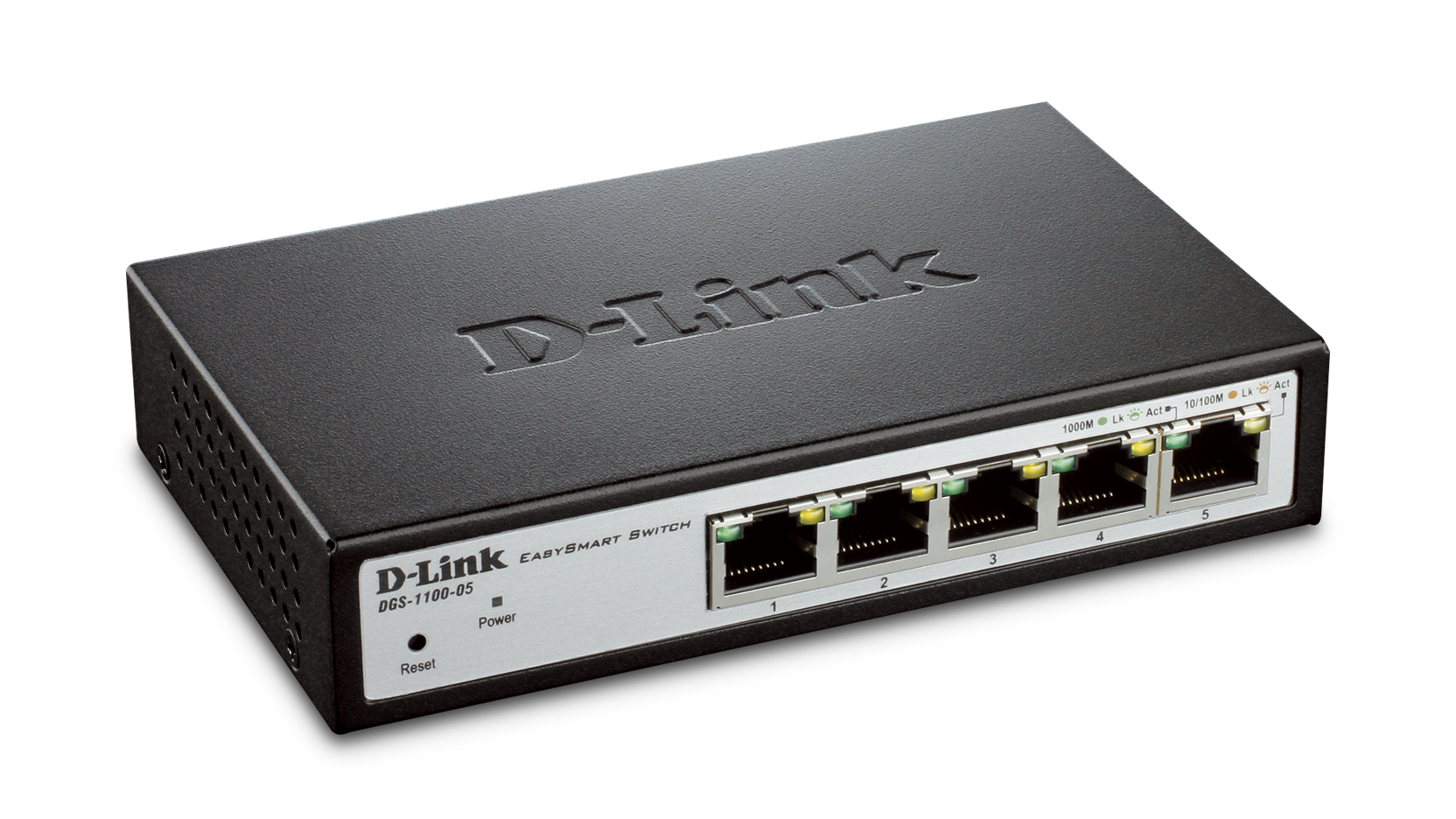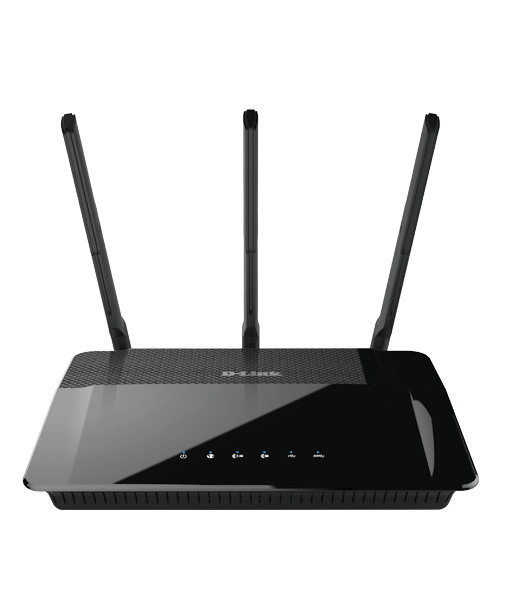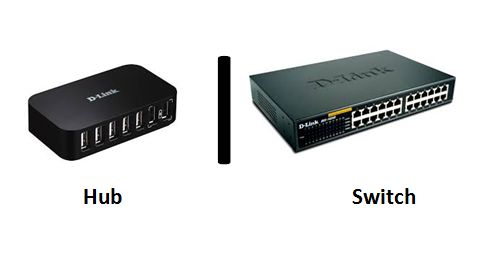
 Switch
Switch Router
RouterBasic networking consists of two essential pieces of equipment:
switches and routers. If you know how this hardware works, you'll have a
fundamental understanding of basic networking as well. Knowing more about basic
networking can help you make better decisions about the network design,
services, and features your business needs to implement in order to thrive.
Switches are the foundation of most business
networks. A switch acts as a controller, connecting computers, printers and
servers to a network within a building or campus. Switches allow the devices on
your network to communicate with each other as well as with other networks.
Through information sharing and resource allocation, switches save businesses
money and increase productivity.
Routers connect multiple networks
together. They also connect computers on those networks to the Internet.
Routers enable all networked computers to share a single Internet connection,
which saves money.
A router acts a dispatcher, analyzing
data being sent across a network, choosing the best route for your data to
travel, and sending it on its way. Routers connect your business to the world,
protect information from security threats, and can even decide which computers
receive priority over others.
A hub , also called as network hub, is a common connection point for devices in a network. Hubs are devices commonly used to connect segments of a LAN. The hub contains multiple ports. When a packet arrives at one port, it is copied to the other ports so that all segments of the LAN can see all packets.
Hubs and switches serve as a central connection for all of your network equipment and handles a data type known as frames. Frames carry your data. When a frame is received, it is amplified and then transmitted on to the port of the destination PC.
